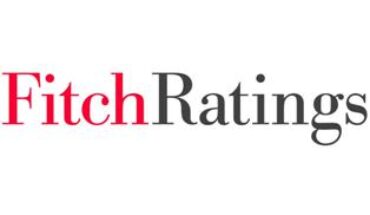New Delhi: A new analysis by UK-based energy think-tank Ember reveals that India’s three key heavy industries—steel, cement, and aluminium—represent a 20 gigawatt (GW) solar open access market opportunity despite their current reliance on captive coal generation.
The report highlights how renewable procurement could significantly reduce both production costs and emissions, potentially cutting up to 29 million tonnes of carbon dioxide annually.
The steel sector alone contributes 9.4 GW to this opportunity, driven by the high cost of grid power that can be cost-effectively offset by solar.
In some configurations, such as standalone arc furnaces used in secondary steelmaking, solar could reduce production costs by up to 10 percent.
The cement and aluminium sectors, despite their dependence on captive coal, contribute an additional 11 GW to the potential market.
Heavy industries in Chhattisgarh and Odisha account for approximately 40 percent of the assessed 20 GW open access solar market.
The high concentration of industrial activity, combined with favourable open access regulations, makes these states particularly attractive markets.
Policies offering discounts on cross-subsidy surcharges and various other charges strengthen the business case for renewable procurement across states.
“Odisha and Chhattisgarh have long been legacy industrial hubs, owing to their proximity to rich mineral reserves. By integrating renewable power, they are well-positioned to begin their transformation to green manufacturing hubs,” said Duttatreya Das, Asia analyst, Ember.
He added that this shift is already underway, with Odisha actively envisioning green industrial parks, setting the stage for an export-driven, low-carbon future in manufacturing.
The report notes that sourcing up to 50 percent of electricity from variable renewable energy is already cost-competitive for heavy industries.
However, pushing beyond this threshold requires more advanced strategies. “Cost-competitive, near-24×7 renewable energy will power the first wave of industrial decarbonisation and redefine the future of corporate power purchases,” said Neshwin Rodrigues, Senior Energy Analyst, Ember.
Ember’s modelling showed that reaching 80 percent renewable energy remains feasible with only a moderate cost increase—about 1.4 times higher than plain solar—due to the need for energy storage and managing surplus power.
Increasing to 90 percent renewable energy raises costs to approximately 1.6 times that of plain solar. Even at this level, the premium remains reasonable when weighed against decarbonisation commitments and growing international mandates for clean supply chains.
The report indicates that achieving 100 percent renewable energy is challenging at present. Full renewable power could cost Rs 8 to Rs 11 per unit in India, about 3.5 times the cost of solar. Batteries alone account for 60 percent of this cost.
Achieving this level of reliability would require substantial oversizing of renewable energy capacity and a major scale-up in storage infrastructure.






